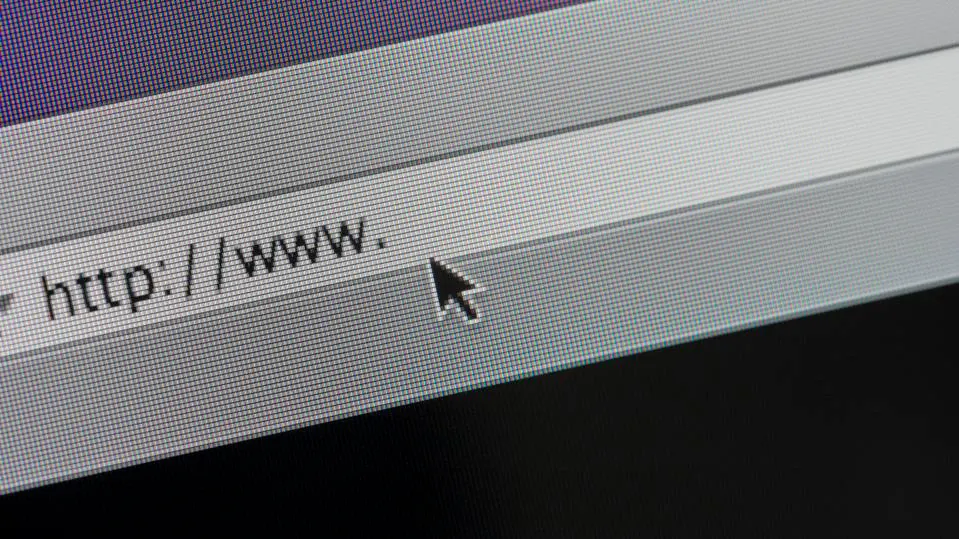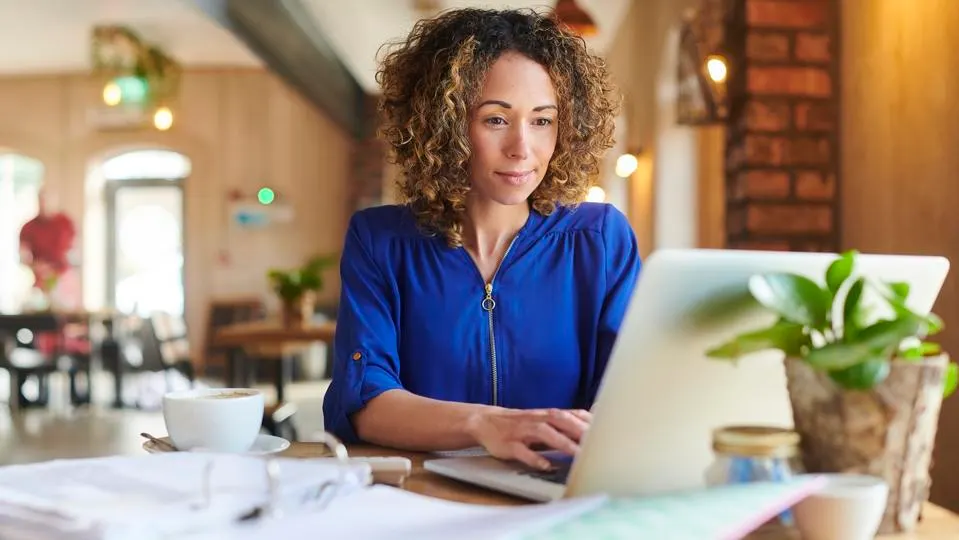No products in the cart.
Electronic Signature: An Instant, Convenient And Green Way To Sign Documents
Table of Contents
Electronic signatures, or e-signatures, enable us to sign legally binding contracts online without printing a paper or picking up a pen. They are more convenient than a traditional signature, saving time and postage as they can be used to sign documents remotely, rendering the recipient’s location irrelevant and nearly instant results. In return, it’s easy to see why e-signatures have become a must-have for many small businesses.
What Is an Electronic Signature?
In basic terms, an electronic signature is just that: a signature in electronic form. It enables signatories to approve or agree with the terms of a document, just like with wet signatures. An electronic signature is essentially a process that uses computers to authenticate the signatory and certify the integrity of the document.
Digital signatures are a type of electronic signature that use complex algorithms, certificate authorities (CAs) and trust service providers (TSPs) to authenticate the signator along with the integrity of the document.
Electronic Vs. Digital Signatures: The Subtle Difference
The difference between an electronic signature and a digital signature is subtle to anyone who is sending or signing a document. However, they’re not so subtle to auditors, compliance officers, judges and regulators. An e signature is a generic term for any signature transmitted electronically–whether it’s a digitally-written signature on a document or a signature generated through an electronic document signing service such as DocuSign. Digital signatures are a kind of electronic signature with advanced features that keep them compliant and secure.
Standard e-signatures may be fine for agreements and approvals where security and compliance standards are lax. Think of situations where an HR professional has to approve an employee’s vacation time. An electronic signature may be perfect for internal use.
However, when you’re dealing with processes that are subject to intense security and rigorous compliance standards, then a digital signature is what you need. In basic terms, digital signatures are a subset of electronic signatures that has specialized features that lend themselves better to industries such as legal and healthcare. Digital signatures come with audit trail capabilities, encryption and other backend tools to ensure the signature is authentic. These are popular for contracts, tax documents, insurance forms and so on.
Like a Regular Signature but Better
Electronic signatures are superior to their ink-based ancestors. They’re instant, portable, legally binding, and they reduce our harm to the environment. And they’re often backed by technology that ensures the signature is authentic.
Instant, Convenient, Foolproof
Electronic signatures accelerate approvals and agreements by eliminating idle periods from the process. With electronic signatures, you don’t have to wait for the mail or get in your car to drop off documents. The moment you apply your electronic signature to a document is the moment you can move to the next step.
Electronic signatures also make signing documents much easier. Since electronic signature solutions are so portable, you could sign or request signatures from virtually anywhere on the globe, using the device you like most. You don’t have to print, sign, scan, then resubmit your document, and you don’t have to own a fax machine for the sole purpose of sending and receiving signed documents.
And since many electronic signature solutions won’t let you submit a document until each signature field is filled in, you don’t have to worry about little mistakes turning into massive problems.
Legally Binding
Electronic signatures are as legally binding as their ink-based counterparts. In 2000, the U.S. passed the E-Sign Act, which legally defines what an electronic signature is, and endows those electronic signatures with all the same legal authority as a wet signature. Nearly all states have also adopted the Uniform Electronic Transactions ACT (UETA) authorizing electronic signatures. A few types of documents, such as wills, cannot be signed electronically.
Environmentally Friendly
Having to print, scan and fax just to make an electronic signature isn’t only time-consuming and annoying. It’s also bad for the environment. Every appliance you purchase makes your overall carbon footprint larger. The more devices you can take out of the equation makes your workflow better for the planet. The same goes for all the trees that need to be cut down for the paper you are printing for your hardcopy documents.
Using Electronic Signatures
There is no one way to make an electronic signature. The specifics depend on which electronic signature method you are using. But in general, they mostly work the same. When you’re seeking approval or agreement from someone, you share your document, define the zones that require a signature and send the document to the other party. It’s even easier when you’re the signator—you simply open the document, sign on all required fields then submit.
Electronic Signatures in Microsoft Word
Sometimes, you might want to add an electronic signature to a Word document. This is fine for inconsequential usage of your signature, like in a cover letter or a memo. And doing this is quite easy. You can sign a blank page of paper and run it through your scanner or open up Microsoft Paint and draw your signature electronically. From there, it’s a matter of saving your image, pasting it into Word and sizing it appropriately. The process works in a very similar way if you are using Google Docs, too.
But you don’t want to use Word files as the medium for signing most documents. Anyone can change the rest of the contents of that document before adding their signature. If you’ve got a contract or some tax documents, for example, you should convert that Word document to PDF, then use your electronic signature solution of choice to sign or request a signature.
Frequently Asked Questions (FAQs)
Are e-signatures legally binding outside of the U.S.?
Electronic signatures are legally binding in most countries outside of the U.S., including Canada, China, Russia, Japan and dozens more. While there are subtle nuances between each country’s laws, they are generally the same. You should consult legal experts before using electronic signatures internationally.
Are electronic signatures secure?
Electronic signatures are secure, and arguably more secure than wet signatures. Anyone can learn how to copy someone else’s signature with enough time and practice. Furthermore, it’s difficult for the average human to verify whether or not a signature was made by the signatory or not. Electronic signature software, however, is secured by sophisticated cryptographic algorithms to prevent tampering and maintains an audit trail to settle disputes.
Is electronic signature tech right for me?
If you find yourself signing a document or requesting signatures several times a day, then you should consider an electronic signature. Not only is it faster and easier, but many electronic signature apps provide you with templates to streamline document processes, ways to keep track of all your documents and tools to ensure that each field of a document is signed.
What documents can be signed electronically?
There are several business documents that can be signed electronically. Human resources (HR) departments use e-signatures for most documents related to hiring and agreements that include real estate purchase agreements, sales contracts, purchase orders, insurance claims and nondisclosure agreements (NDAs)











Add comment
You must be logged in to post a comment.